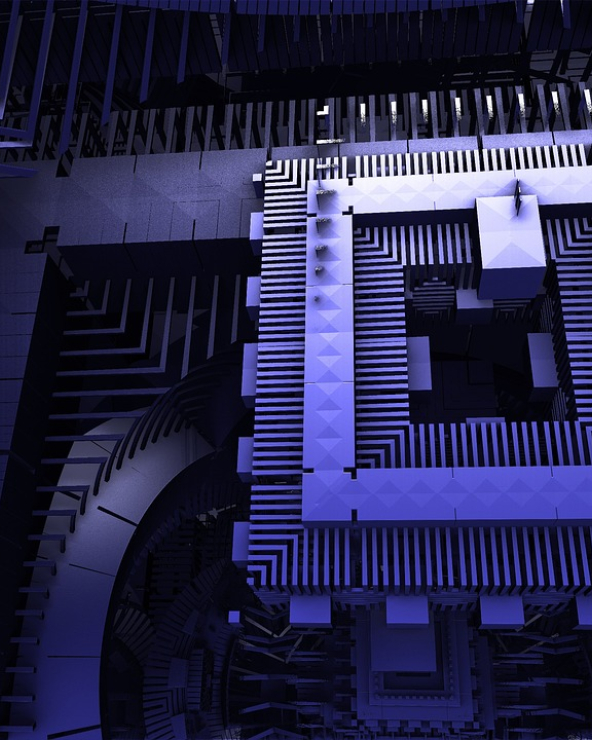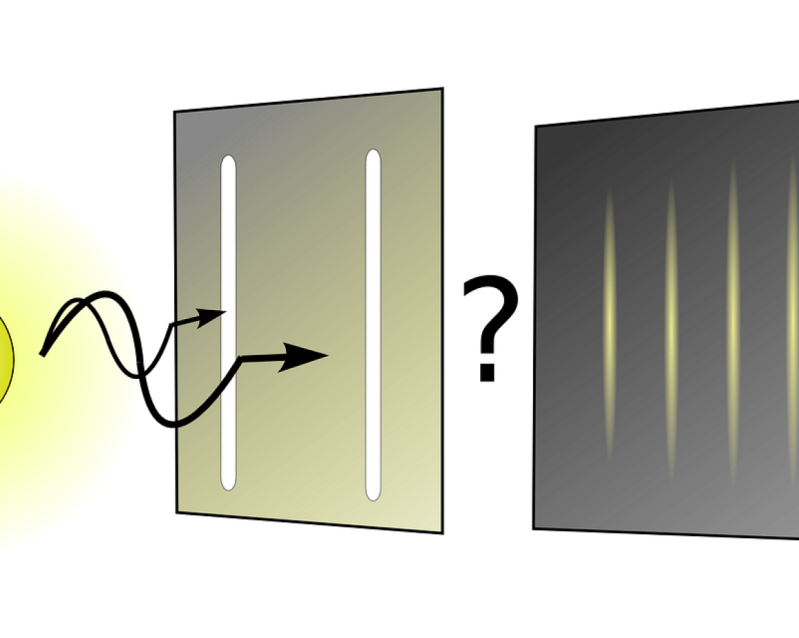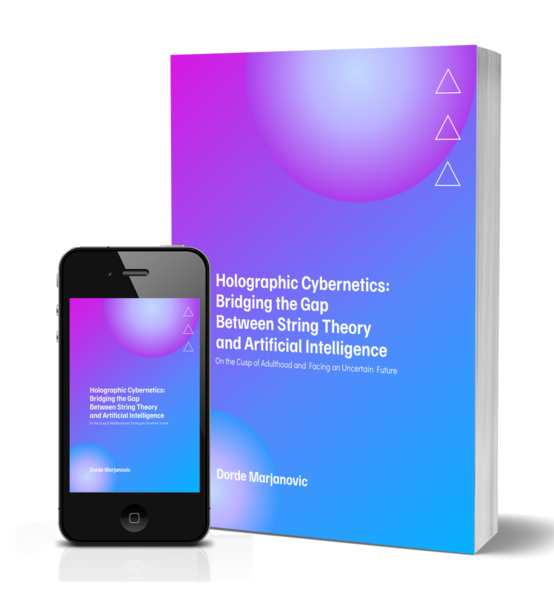Welcome to the Future of Holographic Quantum Cybernetics
Discover the latest advancements in holographic quantum cybernetics with Rock Star Enterprises. Stay informed and connected with our cutting-edge solutions.
Unleashing the Power of Connectivity in Quantum Realms!
Explore the forefront of technology and innovation with Rock Star Enterprises. Your ideas and questions are welcome as we shape the future together.
Download Our Quantum App
Have innovative ideas or inquiries? We're here to collaborate and innovate.
Instantaneous Data Transmission
Explore the intersection of health and technology with our quantum solutions.


Engaging Quantum Dialogues
Innovative strategies for advancing your business in the quantum age!
Quantum Time Management
Have groundbreaking ideas or questions? We're ready to engage and innovate with you.

Empowering Connections Through Quantum Technology

Instantaneous Data Transmission
Stay updated with the latest breakthroughs in holographic quantum cybernetics at Rock Star Enterprises. Join us in shaping the future!
Engaging Quantum Dialogues
Discover the latest innovations and insights in holographic quantum cybernetics with Rock Star Enterprises. Your journey starts here!










